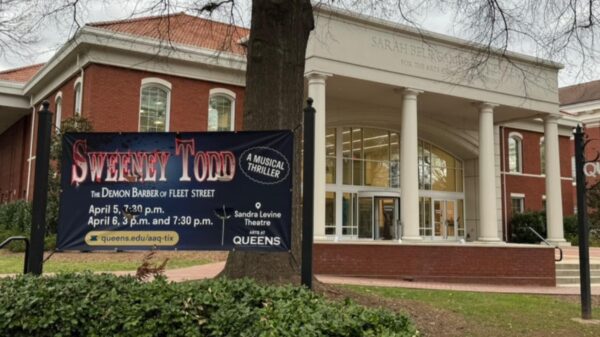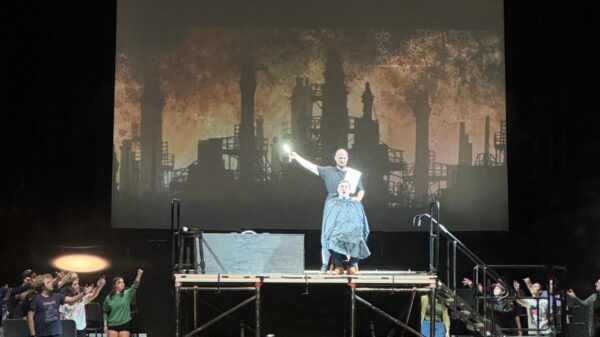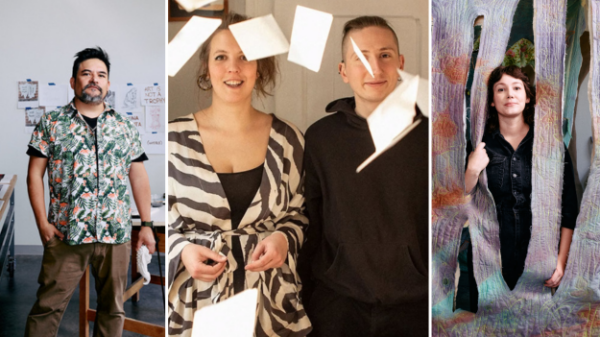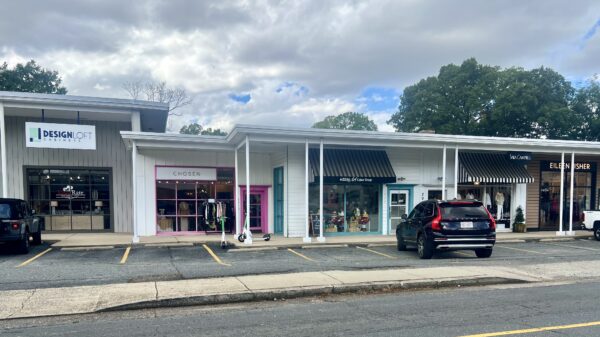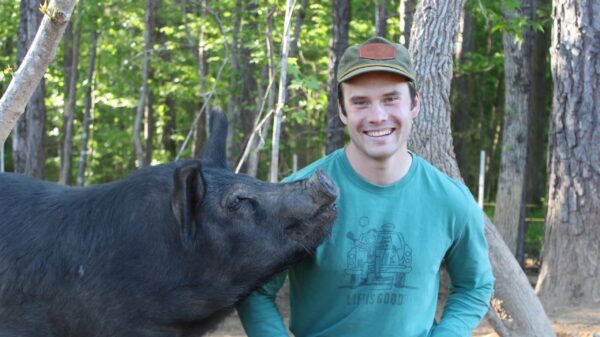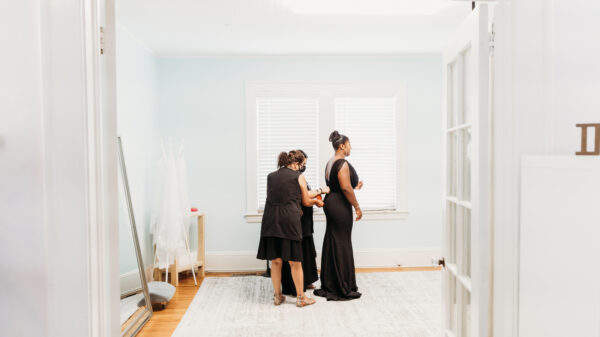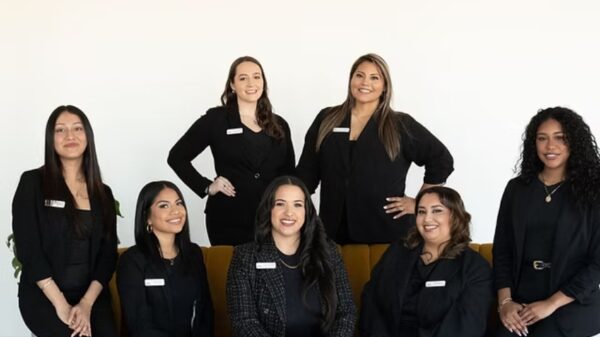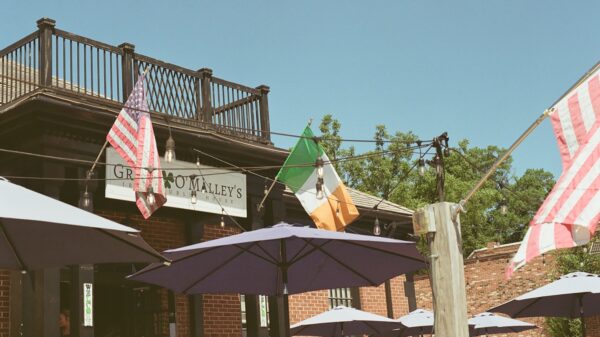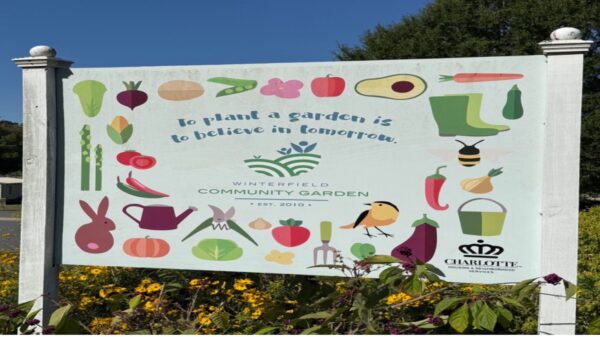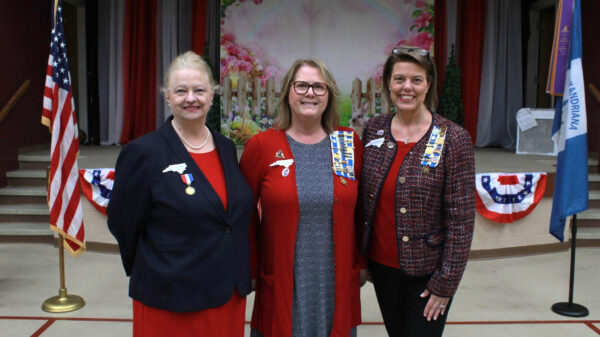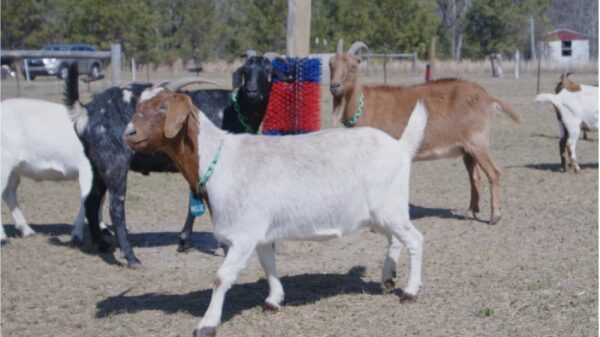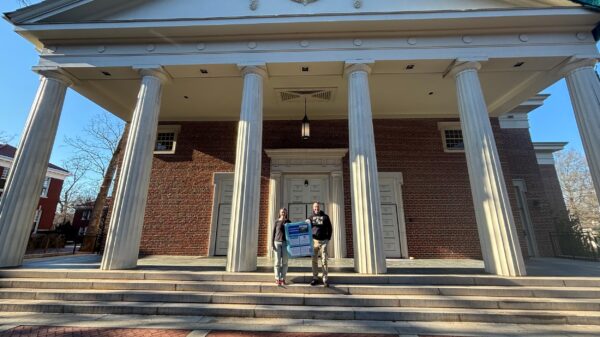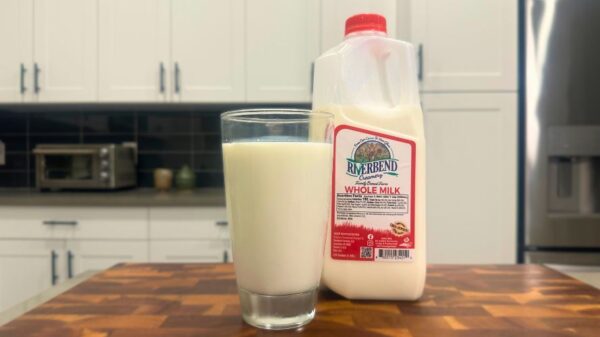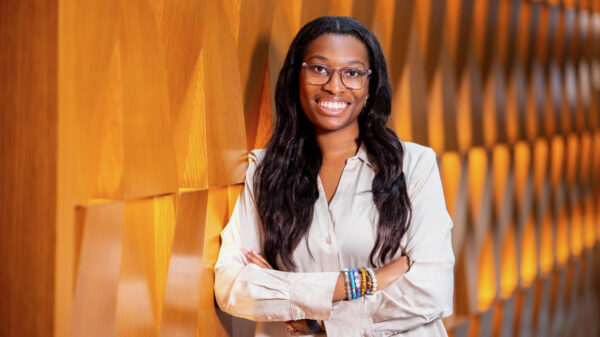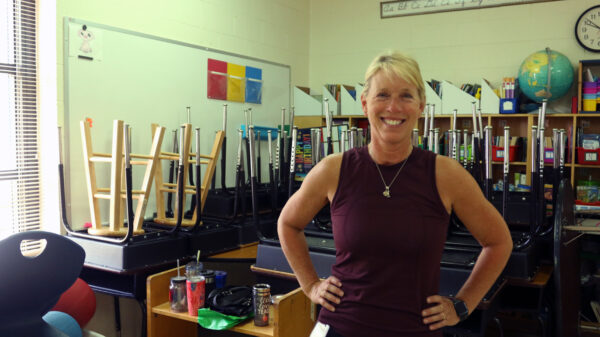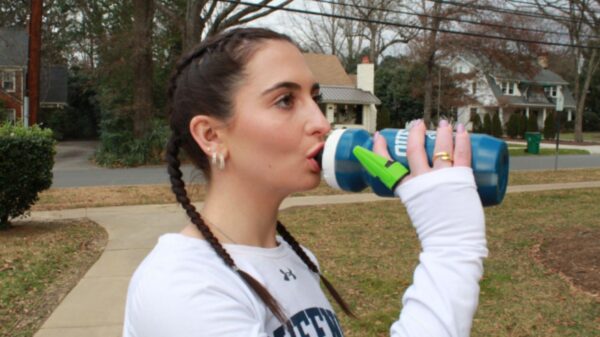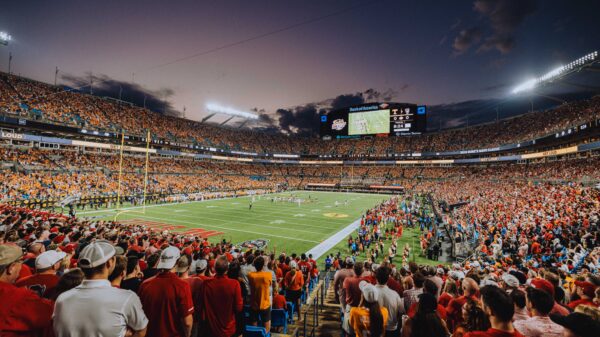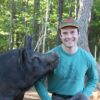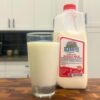About three dozen North Carolina swimmers competed for a slot on the U.S. Olympic swimming team in Omaha, Neb., this month. A third were from Charlotte. But only one – Claire Curzan of Raleigh — will compete at the Tokyo Olympics in July.
Curzan secured second place in the 100-meter butterfly final with a time of 56.43. She made the team by touching out Kate Douglass by 0.13 seconds. Curzan, 16, is one of the youngest swimmers on the roster of 49 men and women, which includes 10 other teenagers.
Four other Charlotte-area swimmers qualified for the second, and most competitive, round of trials in Omaha. Michael Chadwick, 25, swam in the final race for the 50-meter freestyle but placed 8th. He placed 12th in the semifinals for the 100-meter freestyle. Lindsay Flynn, 18, placed 36th in the 100-meter freestyle and Madison Kennedy, placed 20th in the 50-meter freestyle. Matt Josa of Fort Mill, S.C., placed 13th in the 100 fly.
But they’re in good company. About 1,500 swimmers qualified for Omaha.
“It was an amazing opportunity and really opened my eyes up to elite level swimming and top tier athletes,” Flynn said this week. “I have never been so anxious for any races in my life and I didn’t really know how to handle myself, which in the end, I think had an impact on how I did.”

Photos from Flynn.
Nic Eriksson of Charlotte, who was in Omaha for his third attempt, said a swimmer’s first Olympic trial is usually a developmental opportunity.
“Around 2% of trial qualifiers make it on their first try to make it to the Olympics,” Eriksson said. “Getting that experience helps a tremendous amount and it jumps to like 45% when you’re at the second [opportunity] and beyond.” Eriksson, 27, is an assistant swimming coach for Queens University and competed in the 100-meter breaststroke.
According to the Team USA website, 892 swimmers qualified for the first round, called Wave I, and 651 directly qualified for Wave II. Out of the 50 swimmers who moved on to Wave II, only six qualified for the Olympics. Most winning and runner-up times in Wave I barely met the time standard for Wave II.
“Some say even, and this is very much debated, that U.S. Olympic trials is harder than the Olympics themselves,” Eriksson said. “You are in basically the hardest qualifying meet in the world.”
For Lindsay Flynn, the trials were a learning experience. “I learned that to have a good performance it’s not only about what you do in the water. So many other things, like mentality and routine, for example, go into it and I learned a lot from this meet,” she said.
Queens swimmer Danielle Melilli placed 28th in the 50-meter freestyle in Wave I. “I went in prior to the meet really wanting to remember to have fun and soak it all in and I definitely did that,” she said. “You see the trials and Olympics on television all your life. But it truly is a different feeling when you’re actually there in person experiencing it firsthand.”
COVID-19 resulted in this year’s swimming trials being conducted in two separate rounds. Eriksson said this made it less of a development opportunity for younger swimmers. “Being able to see Olympians, being able to see the older people do their thing, and seeing what ‘great’ looks like for younger swimmers is a huge plus to having one single meet,” Eriksson said.
-
Grace Wesoly of Greensboro, North Carolina, is a 2022 graduate of the James L. Knight School of Communication at Queens University of Charlotte. Grace was a Knight summer scholar with the news service in 2021, and also competed as an athlete on the Queens softball team.
View all posts

